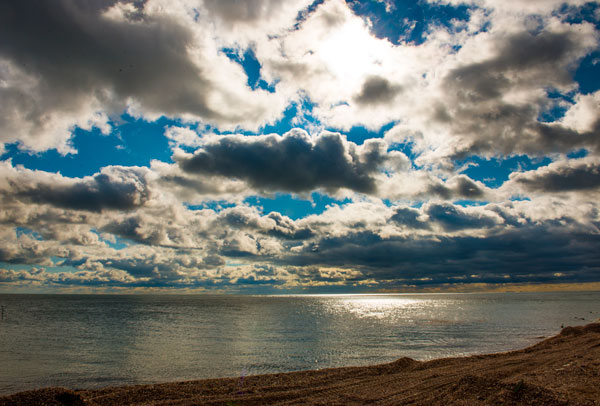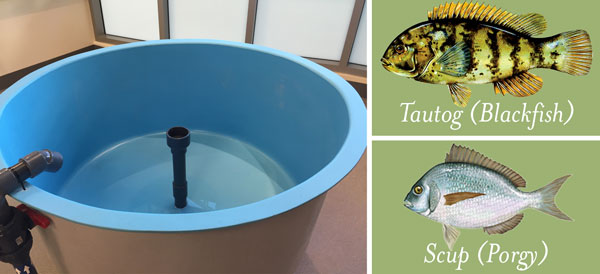Werth Center for Coastal and Marine Studies

The Werth Center provides a means for faculty and students from throughout the Connecticut State University system to participate in collaborative and interdisciplinary research and education projects focused on coastal and marine research and education. Because Southern is centrally located along the heavily urbanized Connecticut coastline proximate to a variety of diverse natural habitats, the Center is ideally situated for research and education focused on the pressures of human development and the need for the preservation of these natural habitats. Located on the building’s main floor, the Center offers direct access to the field work room from the outside to unload equipment and properly preserve sediments, marine life, and microorganisms collected from the Sound. The Center also features several new labs, including an analytic lab and a sediment coastal science lab.








